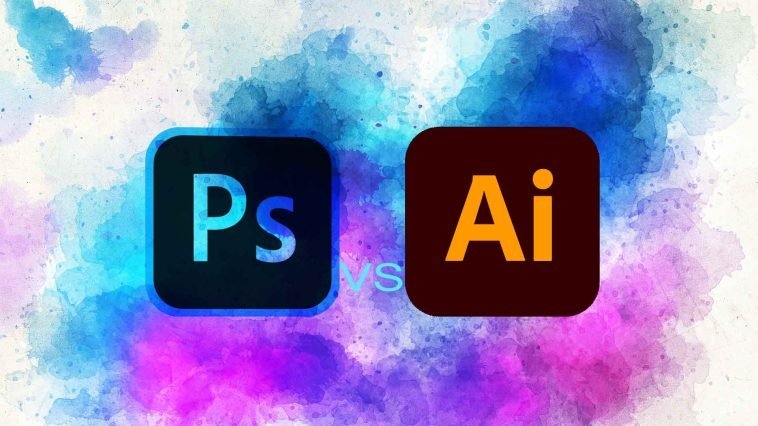Introduction.
Creating a transparent background in Photoshop is a fundamental skill that opens up a world of creative possibilities.
Whether you’re a graphic designer, photographer, or digital artist, knowing how to make backgrounds transparent can greatly enhance your work.
By removing the background and leaving only the subject or object in focus, you can seamlessly integrate images into different designs, presentations, or compositions.
In this guide, we will walk you through the step-by-step process of making a transparent background in Adobe Photoshop.
By using various selection tools, layer adjustments, and masking techniques, you can effectively remove the background and create a transparent layer that allows you to place your image on any desired background, be it a different colour, texture, or even a complex composition.
With the ability to make backgrounds transparent, you can unlock your creativity and take your designs to the next level.
So, let’s delve into the world of transparent backgrounds and discover the techniques that will help you achieve stunning and versatile compositions using Adobe Photoshop.
How Do I Make a Transparent Background In Photoshop?
Whether you’re a graphic designer, photographer, or digital artist, knowing how to make backgrounds transparent allows you to seamlessly integrate images into various designs, compositions, or presentations.
By removing the background and leaving only the subject or object in focus, you can easily overlay your image onto different backgrounds, and textures, or even combine it with other elements to create captivating visuals.
In this article, we will guide you through the step-by-step process of making a transparent background in Adobe Photoshop.
By using a combination of selection tools, layer adjustments, and masking techniques, you will be able to effectively remove the background and create a transparent layer that preserves the integrity of your subject or object.
Step 1: Open Your Image in Photoshop.
Launch Adobe Photoshop and open the image you want to work with. Go to File > Open, select the image from your computer, and it will open in the Photoshop workspace.
Step 2: Select the Background.
Choose the appropriate selection tool based on the complexity of your image. Common selection tools include the Magic Wand Tool, Quick Selection Tool, or Pen Tool.
Use the selected tool to outline and select the background you want to make transparent. Adjust the tool’s settings, such as tolerance or brush size, to ensure an accurate selection.
Step 3: Refine the Selection (Optional).
To refine your selection and make it more precise, use the Refine Edge or Select and Mask tool.
These tools allow you to adjust the edges of your selection, smooth out any roughness, and make fine adjustments to ensure a clean transition between the subject and the background.
Step 4: Create a Layer Mask.
Once you have a satisfactory selection, click on the “Add Layer Mask” button at the bottom of the Layers panel.
This will create a layer mask based on your selection, hiding the background and revealing only the subject or object.
Step 5: Fine-Tune the Mask (Optional).
If needed, use the Brush Tool with a black or white brush to refine the layer mask. Painting with black hides portions of the subject, while painting with white reveals them.
This allows you to fix any areas where the background may still be visible or where you may have accidentally removed parts of the subject.
Step 6: Save the Image with a Transparent Background.
Once you are satisfied with the transparent background, it’s time to save your image. Go to File > Save As and choose a file format that supports transparency, such as PNG or TIFF.
Make sure to check the “Transparency” or “Alpha Channel” options in the Save dialogue box to preserve the transparent background. Specify the desired file name and location, and click “Save” to complete the process.
Conclusion.
Making a transparent background in Adobe Photoshop is a valuable skill that allows you to seamlessly integrate images into various designs, compositions, or presentations.
By following the step-by-step process outlined in this article, you can effectively remove the background and create a transparent layer that preserves the subject or object. Remember to select the background, refine the selection, create a layer mask, and fine-tune the mask if necessary.
With practice and attention to detail, you’ll master the art of making transparent backgrounds in Photoshop and unlock a world of creative possibilities.
So, embrace the power of Adobe Photoshop, experiment with different backgrounds, and confidently create visually stunning compositions with transparent backgrounds.






GIPHY App Key not set. Please check settings